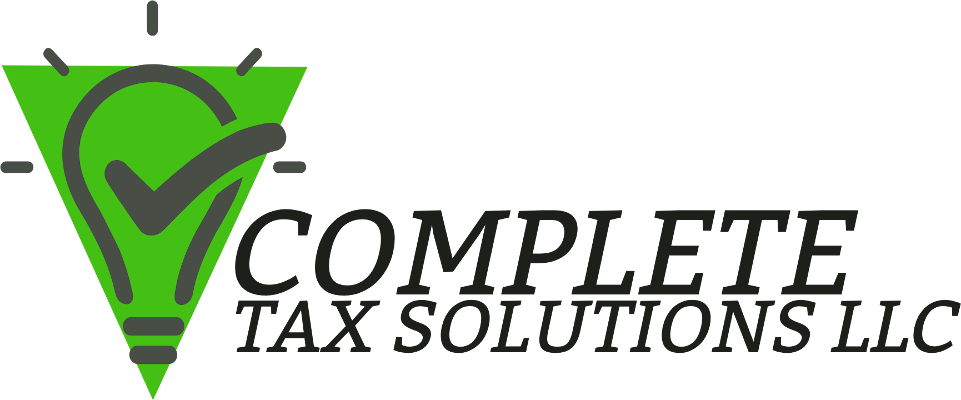The nature of work has changed over the last several years. In this time it has become more common for workers to work part-time and on-demand. Uber drivers, Doordash, grocery delivery, it seems like every week you hear about another company built on the so-called “gig economy.”
But the income earned from these types of jobs aren’t immune to the reach of Uncle Sam. Gig workers are still required to report their gig economy earnings on a tax return – whether they earned that money through a part-time, temporary or side gig.
If you have income from a side gig, here are some things to keep in mind as you get ready to file in 2023.
Gig economy income is taxable
- You must report all income on your tax return unless excluded by law, whether or not you receive an information return like a Form 1099.
- You may be required to make quarterly estimated tax payments to pay income tax and self-employment tax on your earnings from side gigs.
Workers report income according to their worker classification
Gig economy workers who perform services, such as driving a car for booked rides, running errands and other on demand work, must be correctly classified. Classification helps these workers determine how to properly report their income.
- If workers are employees, they report their wages from the Form W-2, Wage and Tax Statement.
- If they are independent contractors, they report their income on a Schedule C (Form 1040), Profit or Loss from Business (Sole Proprietorship).
Expenses related to gig economy income may be deductible
If you have a side gig, you may be able to deduct expenses related to that work income, depending on tax limits and rules.
- You may be able to lower the amount of tax you owe by deducting certain expenses.
- It is important to keep records of your business expenses so that you can support any potential tax deductions.
Pay the right amount of taxes throughout the year
An employer typically withholds income taxes from their employees’ pay to help cover taxes their employees owe.
If you are involved in the gig economy there, are two ways to cover you taxes due:
- If you have another job where you are considered an employee, you can submit a new Form W-4 (Employee’s Withholding Certificate) to your employer to have more taxes withheld from your paycheck to cover the tax owed from your side gig.
- You can make quarterly estimated tax payments throughout the year.
If you need help understanding how your side gig might affect your tax situation, please contact our office. We would be happy to help.
